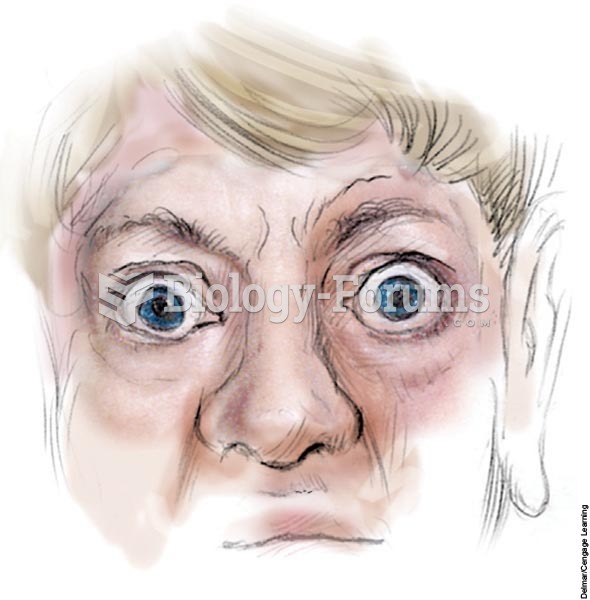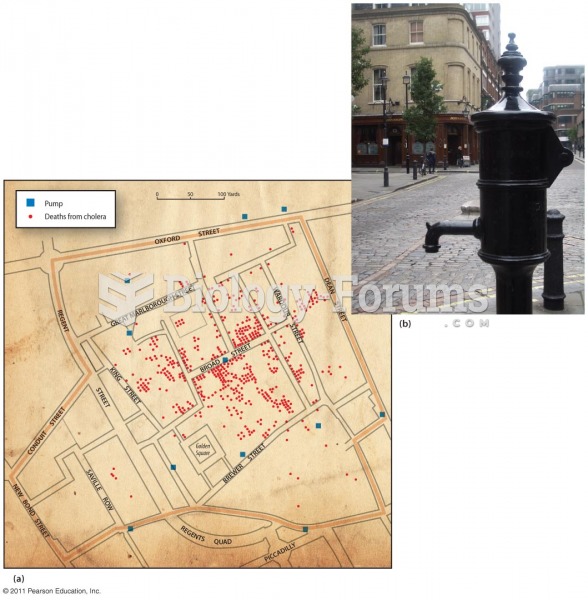Answer to Question 1
Correct Answer: 4
Patients in stage 1 have memory problems that are neither experienced nor evident to others. In stage 3 family and friends begin to notice problems and the deficits may be measured or detected during a medical examination. Common problems include trouble finding words or names, decreased ability to remember names when introduced to new people, retaining little information when reading a passage, decreased ability to plan or organize, losing or misplacing valuable objects, and having performance issues in social and work settings that are noticeable to others. For stage 4, a careful medical interview will identify deficiencies in knowledge of recent events, impaired ability to perform challenging mental arithmetic, decreased capacity to perform complex tasks, and a reduced memory for personal history. The person often appears subdued and withdrawn, especially in social or mentally challenging situations. In stage 5, major deficits in memory and a decline in cognitive function emerge. Some assistance with ADLs becomes essential, but the person can usually eat and use the toilet. People with AD in this stage do usually retain knowledge about themselves, and know their name and the names of family members. Problems include inability to recall current address or telephone number; confusion about where they are as well as the date, day of the week, or season; and trouble with less challenging mental arithmetic.
Answer to Question 2
Correct Answer: 1
Manifestations of ALS include loss of both upper and motor neurons, resulting in loss of the muscles of respiration and swallowing. Atrophy of the tongue and facial muscles results in swallowing difficulty and the inability to communicate. Gastrostomy feedings may be needed as the disorder progresses and muscle function is permanently lost. Pain management and immunosuppressants are not part of the treatment of ALS. Active ROM exercises are instituted only if the patient is able, then passive ROM exercises are initiated to stimulate circulation.







